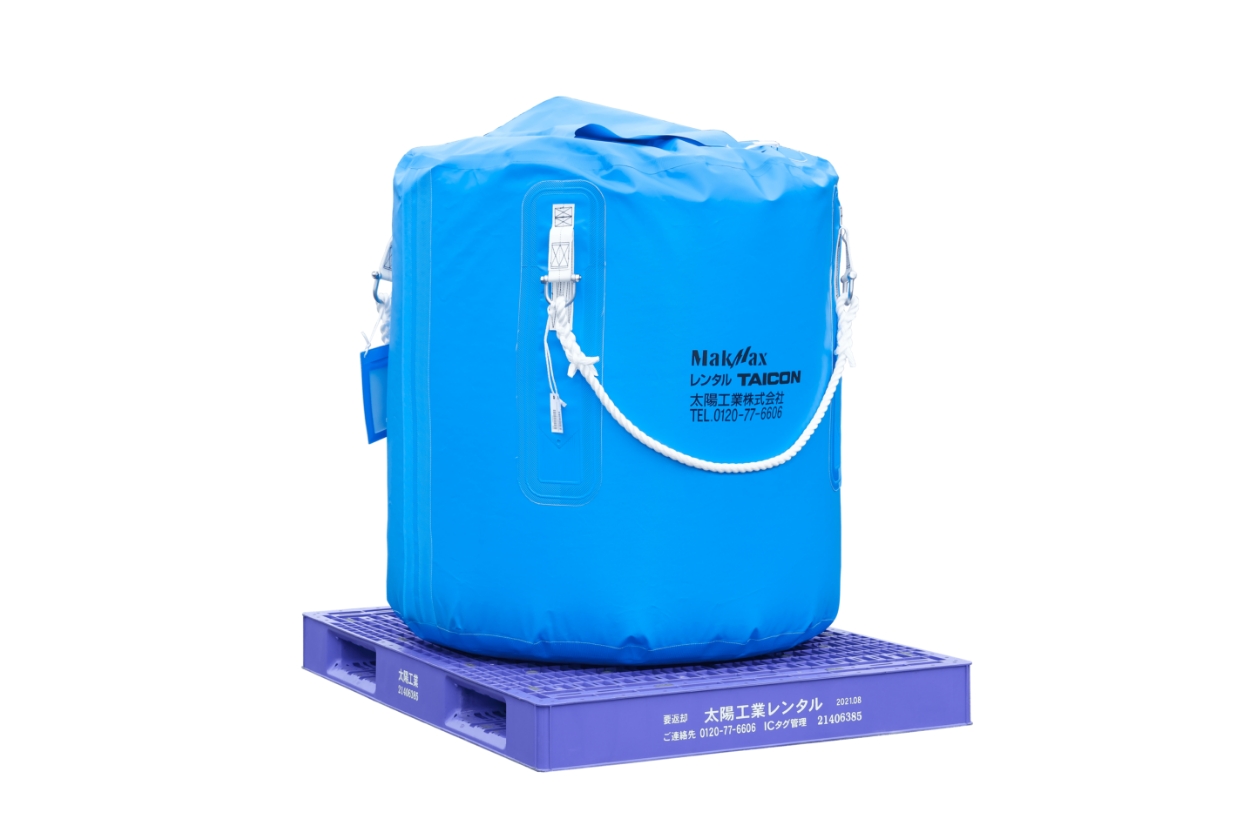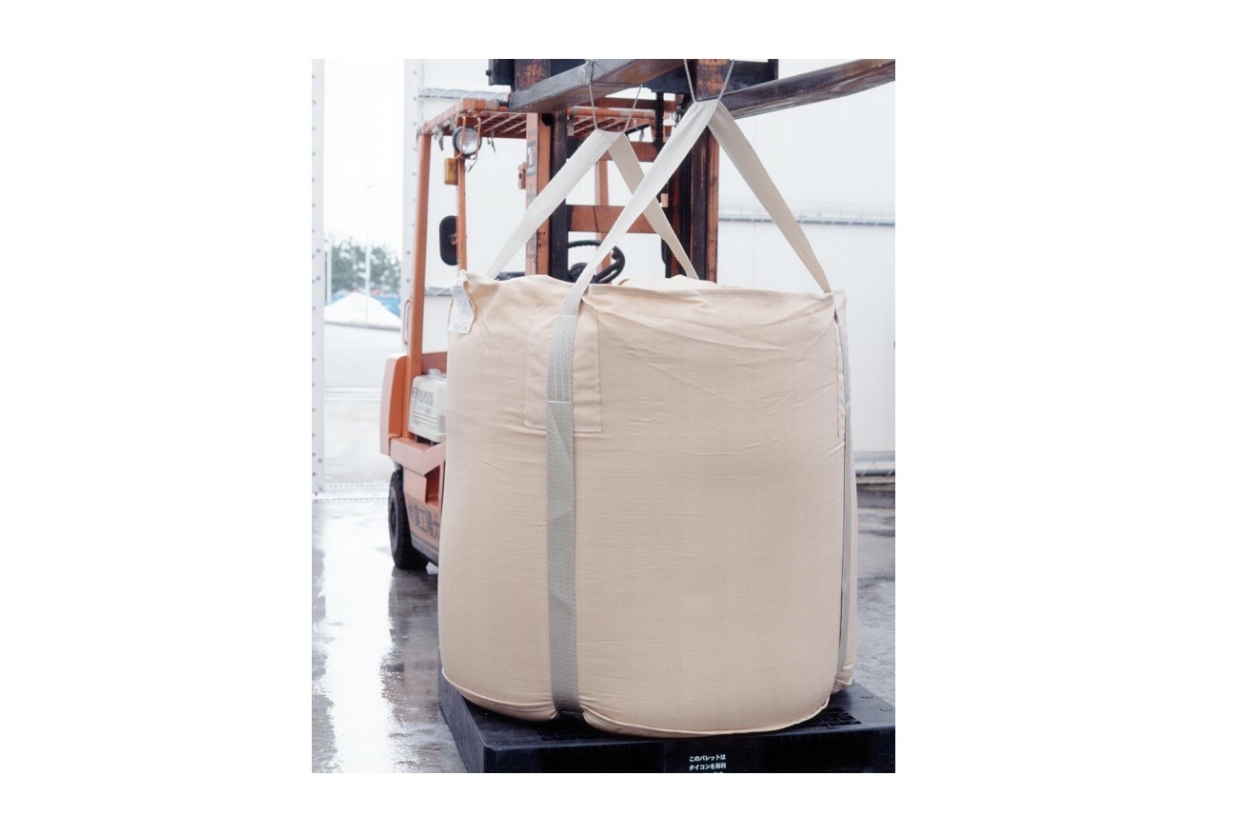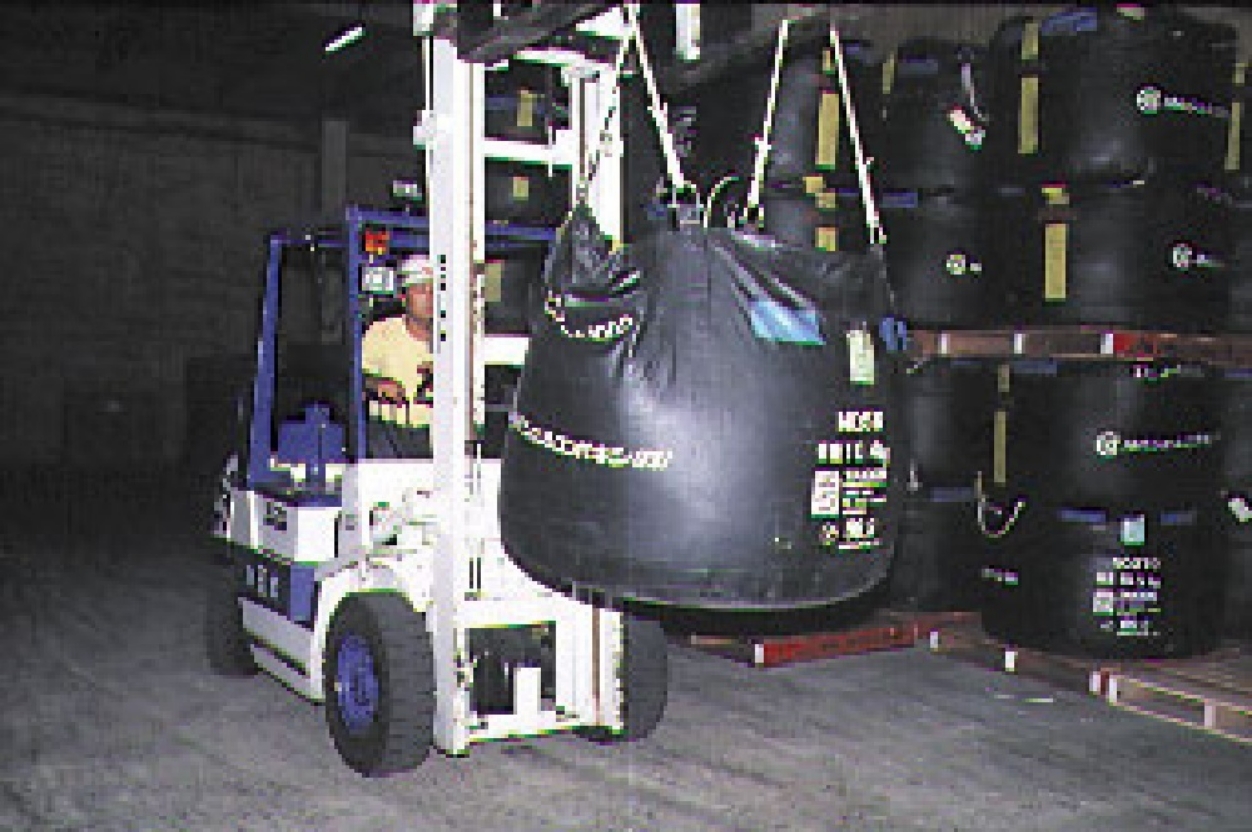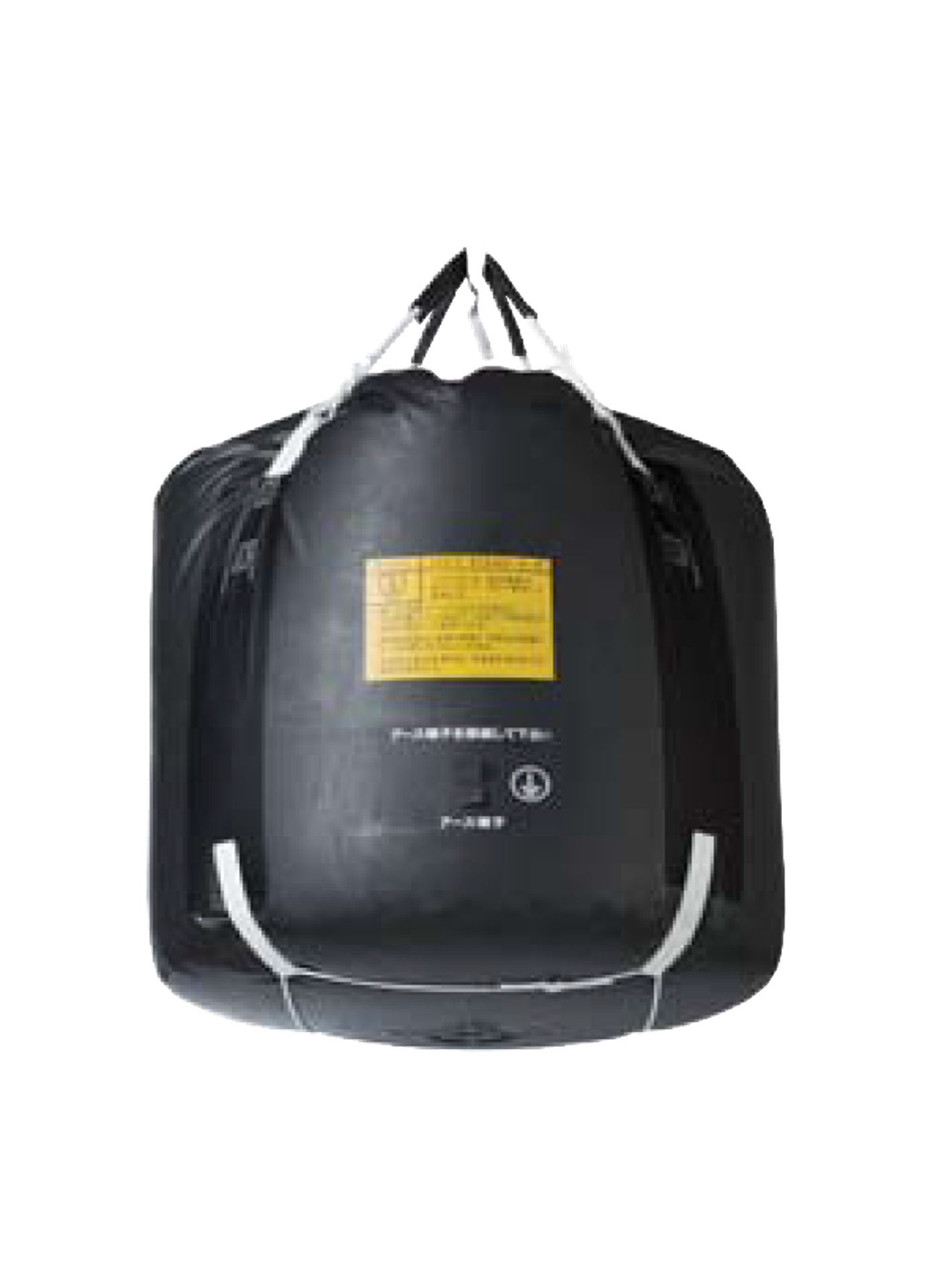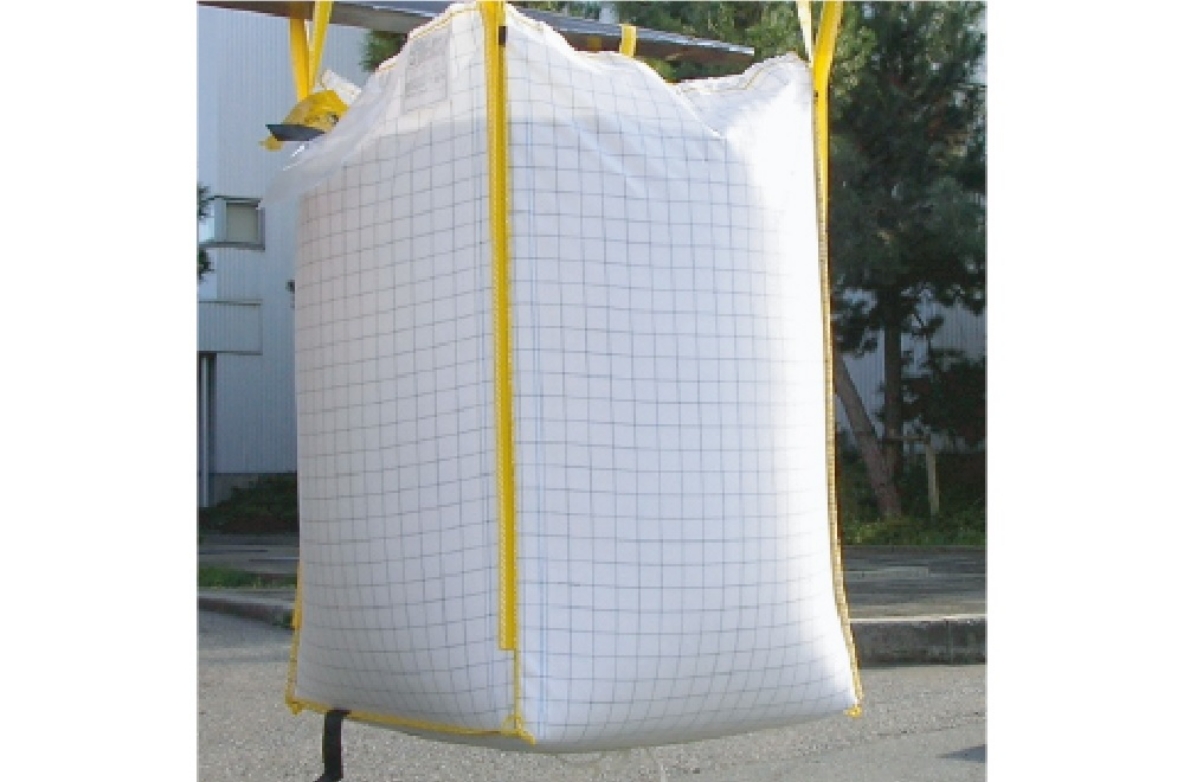
Static Electricity Prevention Flexible Container Bag
Flexible container bags prevent dust explosions and other disasters caused by static electricity generated during filling and discharging.
Flexible container bags prevent dust explosions and other disasters caused by static electricity generated during filling and discharging.
Among our many “TAICON” product lines, we introduce a flexible container bag to prevent accidents caused by static electricity.
*For sale only in the Japanese market
Related Keywords
Product & Service
Product Lineup
Running Type 1
Type-C ①Conductive CR tycoon (conductive rubber base material used)
[Features]
- By connecting ground (earthing), the bag features a leakage resistance of 107 Ω or less in all parts of the bag. (IEC, JIS standard)
- Because the bag has a conductive laminate on all surfaces, static electricity generated on the inner surface is immediately eliminated through a grounding terminal from the outer surface.
- It functions as Type C because the bag is electrically conductive by conducting electricity from the inner surface of the bag to the outer surface.
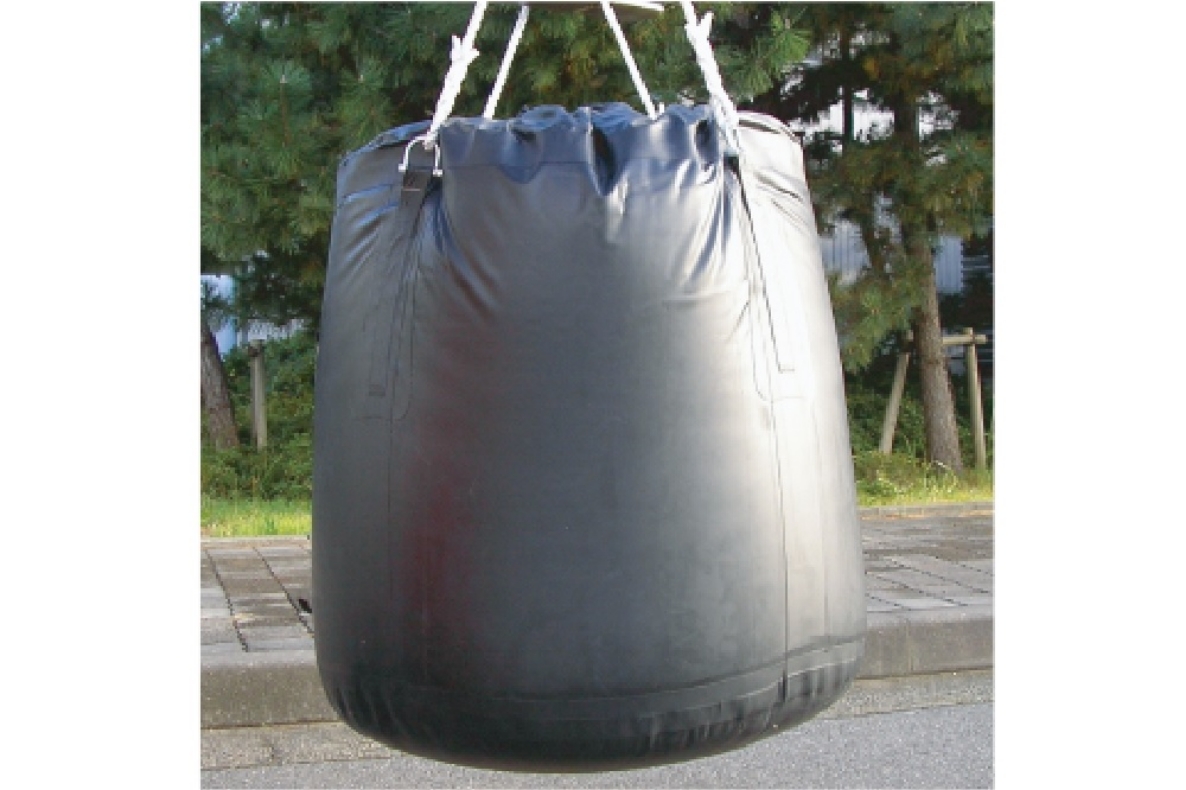
Running Type 2
Type-C ② Conductive E-MAX (conductive PE base material used)
[Features]
- By connecting ground (earthing), the bag features a leakage resistance of 107 Ω or less in all parts of the bag. (IEC, JIS standard)
- Because the bag has a conductive laminate on all surfaces, static electricity generated on the inner surface is immediately eliminated through a grounding terminal from the outer surface.
- It functions as Type C because the bag is electrically conductive by conducting electricity from the inner surface of the bag to the outer surface.
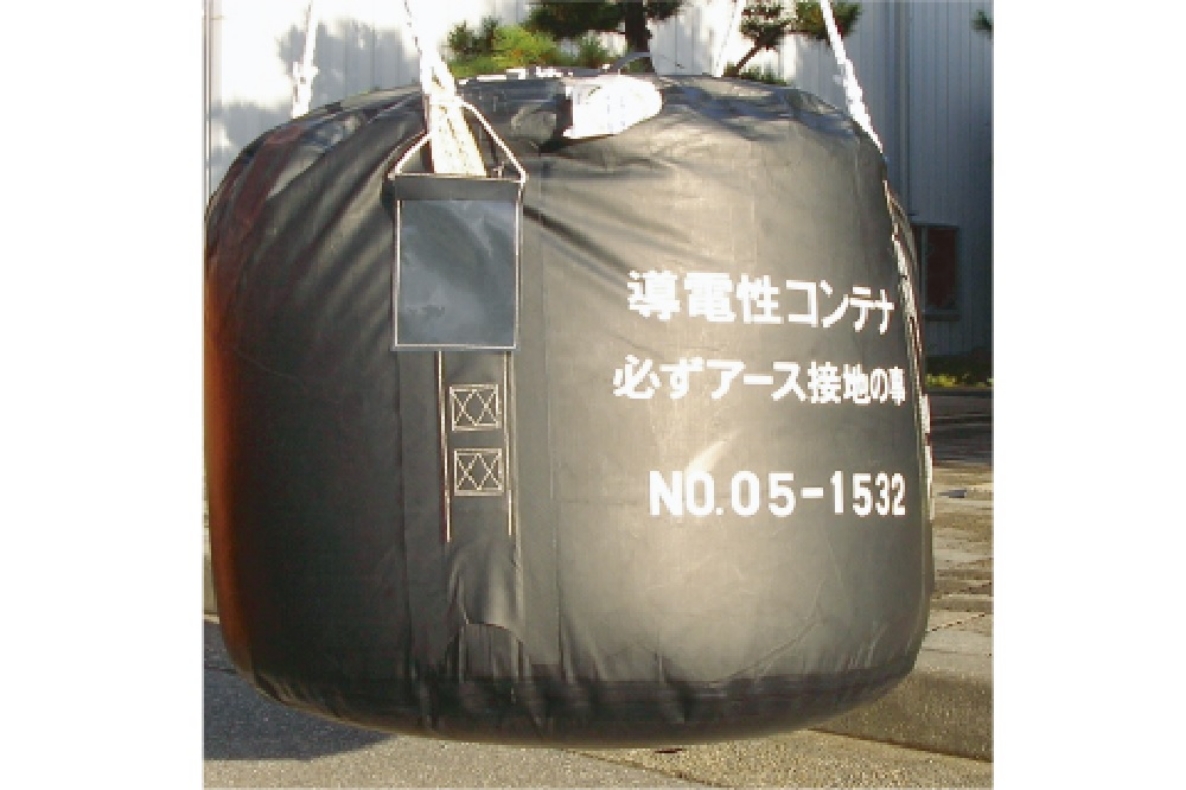
Cloth type
Type-C ③Conductive cross tie-conductor
[Features]
- By connecting ground (earthing), the bag features a leakage resistance of 107 Ω or less in all parts of the bag. (IEC, JIS standard)
- Because the bag has conductive threads with low resistance, charges of opposite polarity to the charge collect from the conductive threads, reducing localized increases in surface potential. (50 intervals or less for a grid of conductive yarns, 20 intervals or less for a stripe of conductive yarns)
(IEC, JIS standard) - The woven fabric of the insulation layer is made of a material with a dielectric breakdown voltage of 6 kV or less.
(IEC, JIS standard)

Cloth type
Type-D ④Dischargeable Cross-Tycon
[Features]
- This is a type of bag that does not connect to ground (earth). Although it is electrically charged, it has the ability to change the discharge form to corona discharge.
- Cross-Tycon Type D has passed 200 ignition tests.
(IEC, JIS standard) - The woven fabric of the insulation layer is made of a material with a dielectric breakdown voltage of 6 kV or less.
(IEC, JIS standard)
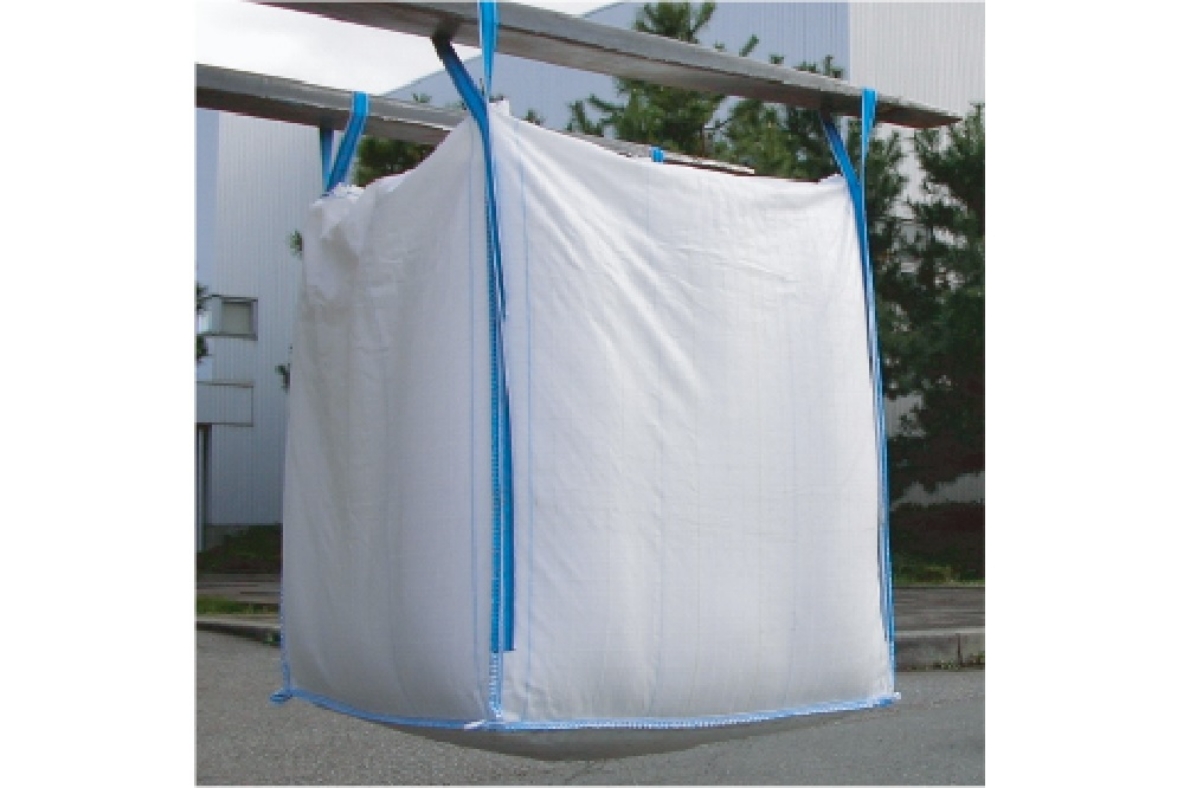
Cloth type
Type-B ⑤Creeping Discharge Spark Discharge Prevention Cross-Tycon
[Features]
- The material of the bag has the ability to cause dielectric breakdown at low voltages, preventing creepage and spark discharges.
- Because the bag has a thin laminate layer, static electricity generated on the inner surface prevents creepage discharge caused by high voltage due to dielectric breakdown.
- The woven fabric of the insulation layer is made of a material with a dielectric breakdown voltage of 6 kV or less.
(IEC,JIS standard)
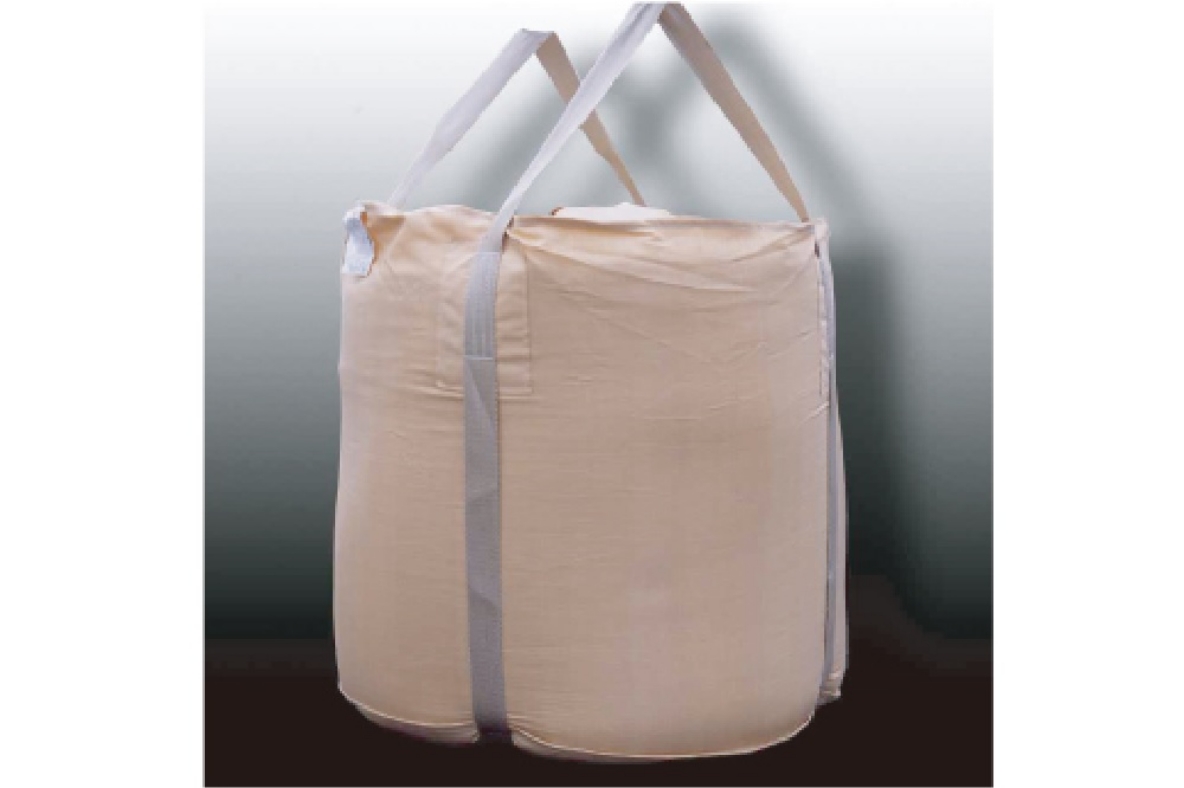
Standard Products and Specifications
[Standard]
IEC61340-4-4:ed2
JIC C 61340-4-4:2015
| Type | Summary | Requirement |
|---|---|---|
| A | General bags without static electricity disaster prevention measures | Cannot be used as an anti-static bag because it is a normal general bag (insulating) |
| B | Bags with measures to prevent creepage and spark discharge due to insulation breakdown of the bag (material) | The bag (material) is composed of a material that will break down at voltages of 6 kV or less |
| C | Bags woven with conductive resin sheets or conductive threads (fibers) and grounded to provide measures to prevent brush discharge, spark discharge, and creepage discharge | The bag (material) is composed of a material that breaks down at voltages of 6 kV or less. Resistance to the groundable connection point is less than 1.0 × 107Ω. |
| D | Bags with measures to prevent brush discharge, spark discharge, and creepage discharge without grounding the bag | The bag (material) is composed of a material that breaks down at voltages of 6 kV or less. No ignition by ignition test |
Selection and combination of inner bags by type
Ignitability of contents and environment at filling and discharge sites
| Minimum ignition energy of content (MIE) | Operating environment (during filling and discharging) |
|---|---|
| 1J or more | ▼ Nonflammable atmosphere |
| A, B, C, D | |
| ▼ Dust hazardous area | |
| B, C, D | |
| Hazardous area for gas or dust | |
| C・D | |
| 1J >MIE >3mJ | ▼ Nonflammable atmosphere |
| B, C, D | |
| ▼ Dust hazardous area | |
| B, C, D | |
| Hazardous area for gas or dust | |
| C・D | |
| 3mJ or less | ▼ Nonflammable atmosphere |
| C・D | |
| ▼ Dust hazardous area | |
| C・D | |
| Hazardous area for gas or dust | |
| C・D |
Ignitability of contents and environment at filling and discharge sites
| FIBC | inside bag |
|---|---|
| Type-B (Type B) |
▼ Type L1 (Resistance: less than 107Ω ) |
| ×xInner bag not usable | |
| ▼ Type L2 (Resistance value: between 10⁹ and 10¹²Ω) | |
| Inner bag can be used | |
| ▼ Type L3 (resistance value: > 10¹²Ω) | |
| Inner bag can be used *However, the breakdown voltage of the inner bag must be 4 kV or less. |
|
| Type-C (Type C) |
▼ Type L1 (Resistance: less than 107Ω ) |
| Inner bag can be used | |
| ▼ Type L2 (Resistance value: between 10⁹ and 10¹²Ω) | |
| Inner bag can be used | |
| ▼ Type L3 (resistance value: > 10¹²Ω) | |
| ×xInner bag not usable | |
| Type-D (Type D) |
▼ Type L1 (Resistance: less than 107Ω ) |
| ×xInner bag not usable | |
| ▼ Type L2 (Resistance value: between 10⁹ and 10¹²Ω) | |
| Inner bag can be used | |
| ▼ Type L3 (resistance value: > 10¹²Ω) | |
| ×xInner bag not usable |
Measures against alteration of contents by moisture and air
Food and electronic material industries!
Safety measures for forklift operations
Solving minor inconveniences with flexible containers (TAICON)






